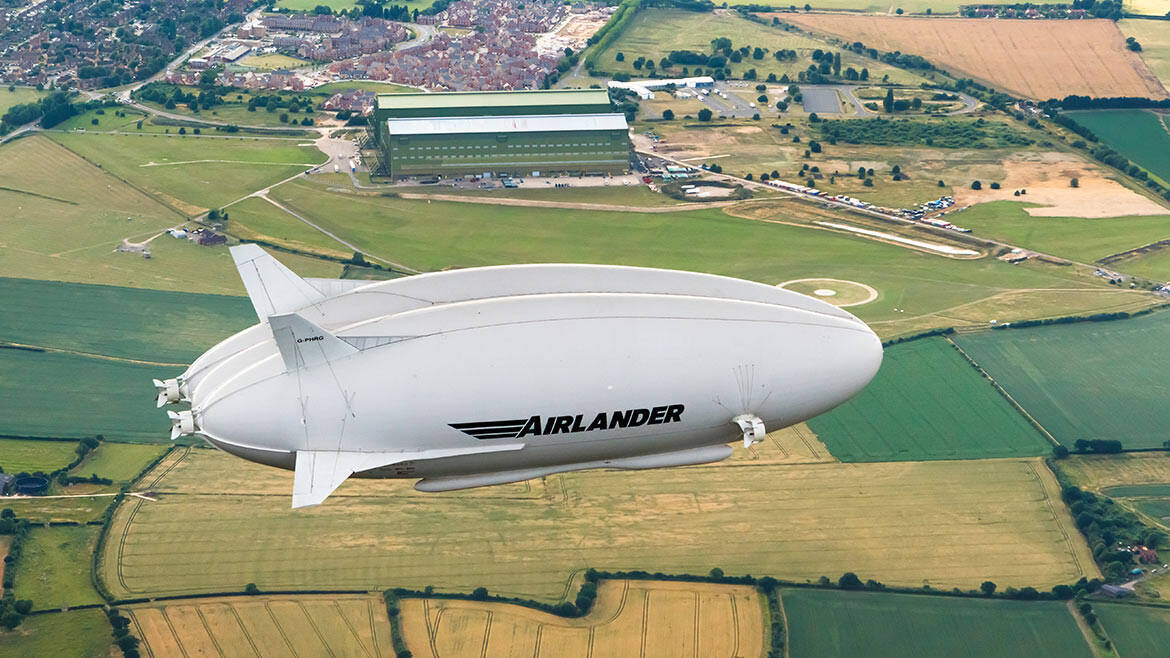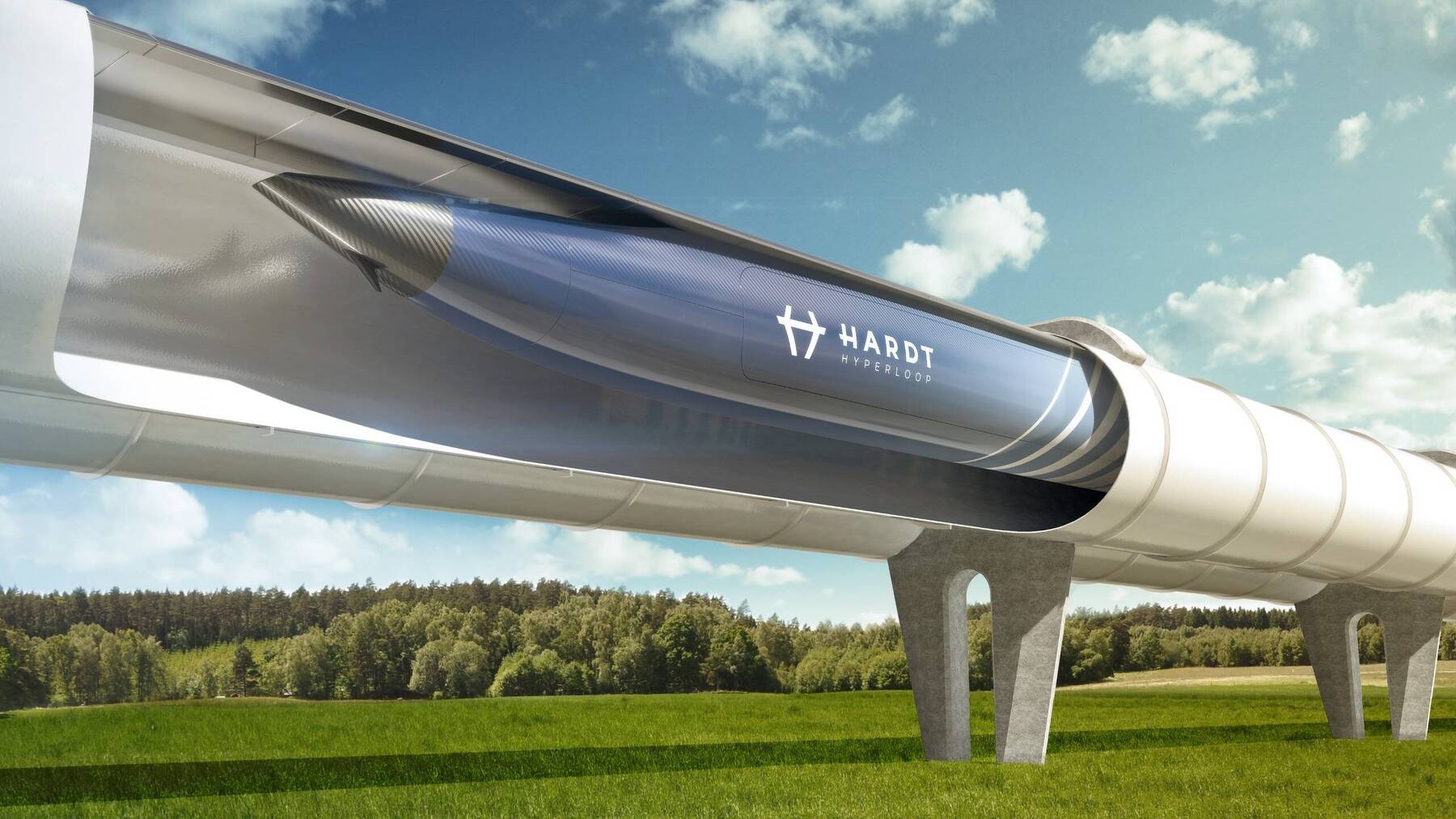Hybrid Air Vehicles
HAV’s iconic Airlander 10 made the headlines for numerous reasons, but mostly because it was the world’s longest aircraft and because it looked like a big bum floating atop the quaint British countryside. And while its extremities do look like one of Sir-Mix-A-Lot’s daydreams come to life, the technology within is a proven mixture of aerospace, fixed-wing flight and helicopter technologies. It’s basically a blimp filled with buoyant helium, that uses familiar engines and vectored thrusters to move its more than ample frame along at a safe and ever so slightly indulgent pace of 146 km/h. And HAV is currently working towards a greener model with a fully electric engine (to replace the now decommissioned Airlander 10), which it turns out, is a common theme of the future, and a hint that the travel industry, so plagued as it is by numerous environmental issues, is starting to move more seriously towards sustainability.
But most interesting is HAV’s desire to bring these hybrid airships to the luxury travel sector (as well as things like point-to-point cargo transit), so much so that they’ve partnered with Ocean Sky Aviation to offer a season of trips from Svalbard to the North Pole with renowned arctic explorer Robert Swan. But of course, that’s the true intrigue of these vehicles. Like Zeppelins before them, they won’t need an airport to take off from or land in, and they can quite literally land on the North Pole — like a helicopter — but infinitely more romantic and so much more luxurious, with their huge beautiful cabin spaces, hyper-modern public spaces and dreamy landscape views.













Comments